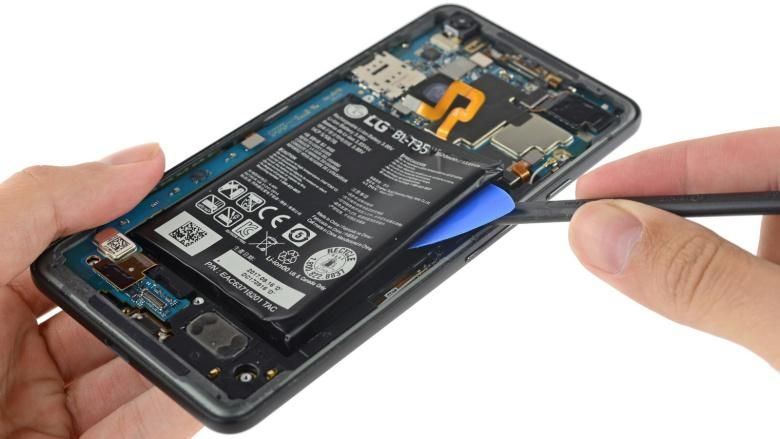Silicon. It’s everywhere and it’s in our phones. But it could also be in our batteries as well.
Researchers at the University of Alberta have published their findings on how to incorporate silicon into current lithium-ion technology to make batteries with ten times the charge capacity.
Existing lithium batteries use high-purity percent-pure graphite — a form of carbon used as the lead in most pencils — as the electrode where lithium ions are stored in the battery’s charged state. However, graphite prices have been soaring as demand for batteries has surged — the general cost for 95 percent-pure graphite is around $10,000 per metric ton.
So, why not use silicon instead? At about a third of the price, it’s abundant. Well, unlike graphite, it’s a poor conductor and lacks durability to take multiple charges in its natural state. But Alberta’s chemists decided to look into how to make silicon into a better fit for batteries.
“We wanted to test how different sizes of silicon nanoparticles could affect fracturing inside these batteries,” said Jillian Buriak, study co-author and Canada Research Chair in Nanomaterials for Energy. “As the particles get smaller, we found they are better able to manage the strain that occurs as the silicon ‘breathes’ upon alloying and dealloying with lithium, upon cycling.”
The nanoparticles are placed within an aerogel incorporated with graphene to increase conductivity. Scholars tested differently-sized nanoparticles and found that the smaller the unit, the larger the capacity that the anode can store — 3-nanometer silicon particles may generate more than 10 times the capacity of a traditional graphite-based anode.
You can learn more with the full paper by clicking on the source link below this story.
With these sorts of solutions, however, there’s always another problem behind it. In this case, scientists need to figure out how to affordably mass produce silicon nanoparticles faster.
The dream remains that one day, we’ll be using super-efficient graphene batteries. But until we find a way to produce atom-thin carbon strands at mass volumes, working in silicon to the lithium-ion equation may do us well.

